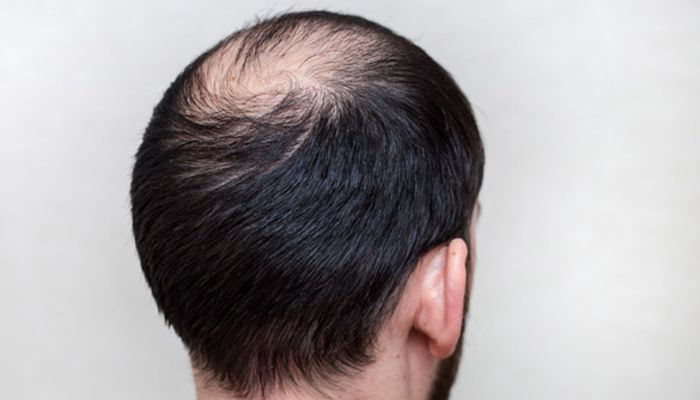
Hair loss is a common issue affecting millions worldwide, and for many, the crown or vertex region is particularly vulnerable. This area, located at the top rear of the scalp, often experiences distinct patterns of thinning or balding. Unlike other areas of hair loss, restoring the crown can be challenging due to its unique growth pattern and density requirements. A crown hair transplant in Dubai (زراعة منطقة التاج بالشعر في دبي) provides a targeted solution, ensuring a natural look while boosting confidence.
What Makes the Crown Area Unique?
The crown of the scalp is one of the most visible areas of hair loss, characterized by a circular or spiral growth pattern. Unlike the frontal hairline, which frames the face, the crown requires meticulous planning to ensure the transplanted hairs mimic the natural swirl. This complexity makes the procedure technically demanding, requiring precision in follicular placement.
The Crown Hair Transplant Process:
The procedure involves extracting healthy hair follicles from the donor area, typically the back or sides of the scalp. These follicles are then transplanted to the balding crown region. The process is generally performed using one of two techniques:
Follicular Unit Extraction (FUE): Individual follicles are harvested and implanted into the recipient area.
Follicular Unit Transplantation (FUT): A strip of skin is removed, and follicles are dissected for transplantation.
Both methods are effective, with the choice depending on the patient's hair type, desired results, and preferences.
Benefits of Crown Hair Transplant:
Natural Appearance: The procedure is designed to mimic the natural direction and density of hair growth in the crown area.
Long-Lasting Results: Transplanted hair is resistant to balding since it is taken from genetically stable areas.
Boosts Confidence: Restoring the crown can significantly improve self-esteem and appearance.
Challenges in Crown Hair Restoration
The crown's spiral growth pattern and higher density needs make it a challenging area to treat. This requires:
Strategic Planning: The surgeon must carefully map out the angles and directions of hair placement.
Higher Graft Count: The crown generally requires more grafts than the hairline, as it covers a larger area.
Extended Recovery: Healing may take slightly longer due to the density of transplanted follicles.
Ideal Candidates for Crown Hair Transplants
While many people can benefit from this procedure, certain criteria make someone an ideal candidate:
Sufficient donor hair available for extraction.
Stable hair loss that is not progressing rapidly.
Realistic expectations about the outcome and limitations.
Post-Procedure Care:
Proper aftercare ensures the success of the transplant and includes:
Avoiding Direct Sunlight: Protect the scalp from UV exposure during the healing phase.
Gentle Cleaning: Use prescribed shampoos and follow washing instructions carefully.
Monitoring Progress: Regularly check for signs of recovery, such as the shedding of transplanted hairs followed by regrowth.
Crown Hair Transplant vs. Other Procedures:
Compared to other hair restoration treatments, crown hair transplants specifically address the complexities of the vertex region. Unlike non-surgical options, this procedure offers permanent results tailored to the unique challenges of the crown.
A crown hair transplant is an excellent solution for those looking to restore volume and density to this pivotal area, offering both aesthetic and emotional benefits.













